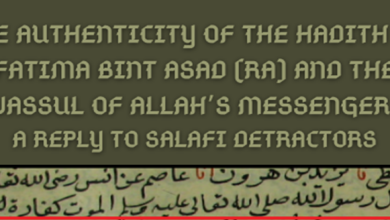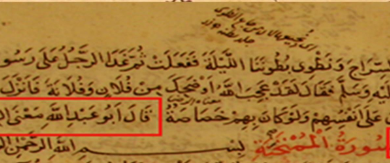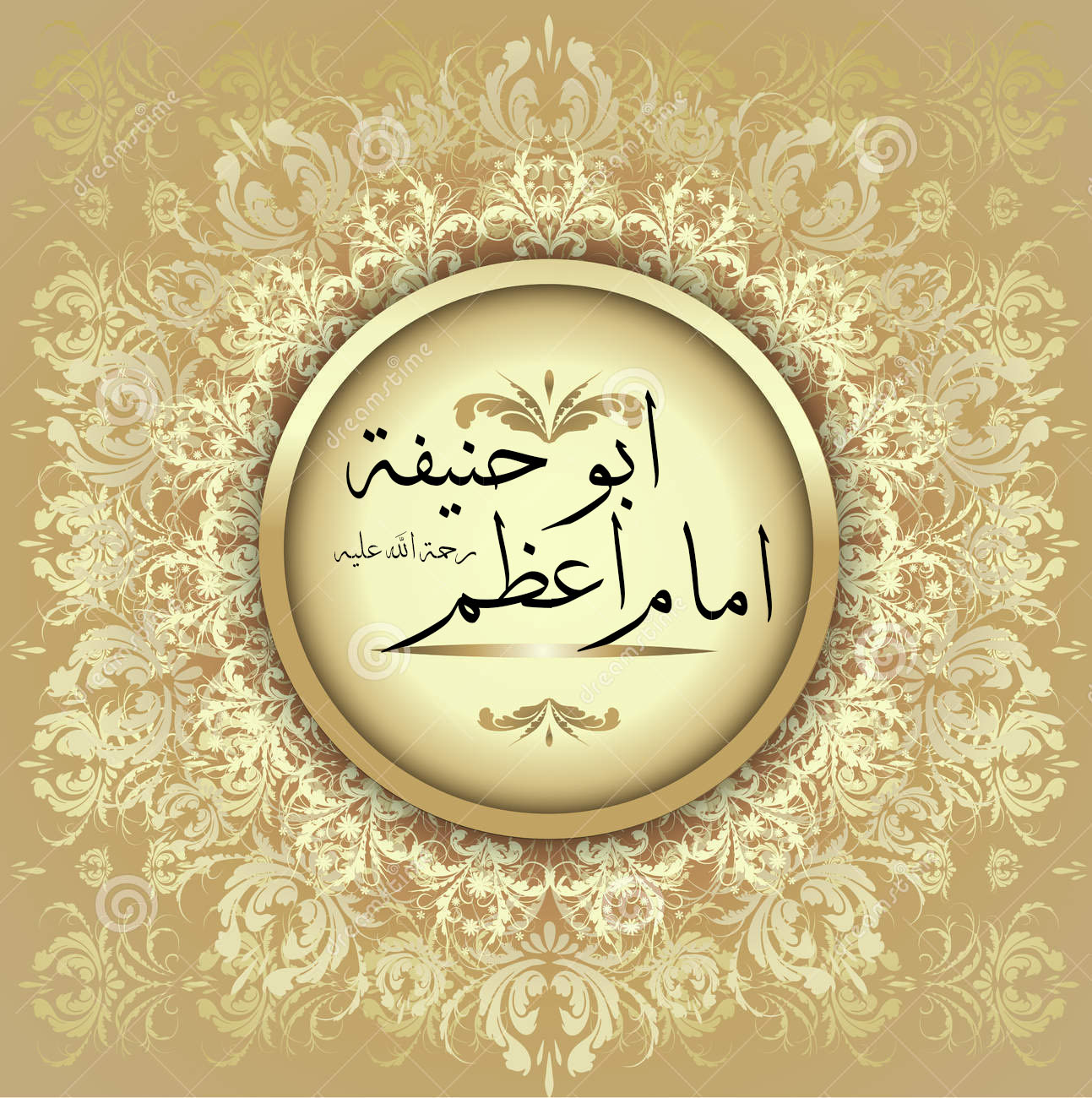Assessing the Status of Imām Abū Hanīfah According to the Methodology of the Hadīth Scholars
Assessing the Status of Imām Abū Hanīfah According to the Methodology of the Hadīth Scholars
By Shaykh Shākir Fayyād
With comments by Shaykh ‘Abd al-Fattāh Abū Ghuddah
Translated by Shaykh Muntasir Zaman
[Translator’s Preface: the following is a summary by Shaykh ‘Abd al-Fattāh Abū Ghuddah of a book which analyzes the allegation of weak memory leveled against Imām Abū Hanīfah. In this study, the author uses the methodology of the Hadīth scholars themselves, some of whom are reported to have made the above claim against the Imām. This article was translated from Shaykh ‘Abd al-Fattāh’s footnotes on Mabādī ‘Ilm al-Hadīth wa Usūluhū of Mawlānā Shabbīr Ahmad al-‘Uthmānī (pp.237-240) – Muntasir Zaman]
More than twenty years ago, I came across an important and lengthy treatise entitled “Abū Hanīfah bayn al-Jarh wa al-Ta‘dīl” by Ustādh Shākir Dhīb Fayyād from Jordan who at the time was a student at King Abdul Azīz University. This treatise was a Master’s dissertation in the aforementioned university under the supervision of Shaykh Muhammad al-Sādiq ‘Arjūn (Allah have mercy upon him) in the year 1396 AH.
The author writes in the introduction:
Despite the clear presence of these skills -that is, the skills to exercise ijtihād- in Imām Abū Hanīfah, there is an important skill that became an issue of contention and dispute among many scholars, the early, latter day, and contemporary among them. This skill relates to the retention of Abū Hanīfah of the Prophet’s Hadīth. Some leading scholars of al-Jarh wa al-Ta‘dīl accused him of poor memory, and many afterwards followed them in this. Conversely, other leading scholars of the science have praised him and considered him reliable; thus, the supporters of Imām Abū Hanīfah and his adherents followed them and defended their Imām.
He mentions the statements of the early scholars, latter-day scholars, and contemporary scholars in criticizing and accrediting him in later sections of the treatise. [The author further writes:]
Thus, I intended to research this topic, far from the approach of both groups, far from fanaticism in support of him or against him, and treading thereby the methodology of the Hadīth scholars. The Hadīth scholars have several methods to assess narrators in terms of criticism and accreditation. Among these methods -and perhaps the most integral- is the analyses of a transmitter’s narrations in relation to the narrations of others: if his memory and retention is predominant, then he is reliable, and if poor memory is predominant, then he is weak. In Sharh Nukhbat al-Fikar (p.25), Ibn Hajar writes, “Next is poor memory -and that is the tenth cause of criticism- and intended thereby is that narrator whose [percentage of] being correct does not exceed his errors.”
The methodology I have adopted can be summarized as follows: I collected the narrations of Abū Hanīfah from the authoritative works and then analyzed them with the narrations of others. These narrations can be categorized into three types: (1) narrations wherein he was corroborated and was correct, (2) narrations wherein he erred and conflicted with others, (3) and narrations he alone transmitted, for which there are neither supporting narrations to strengthen them or conflicting narrations.
This [study] was conducted on Prophetic narrations with continuous chains of transmission. As for mursal reports or reports with broken chains or with unknown narrators or liars not suitable for consideration, I did not study the status of their transmitters. I was able to locate seventy-two Prophetic narrations with continuous chains, among which sixty-five were corroborated, six were in conflict [with other narrations], and only one he was alone in transmitting, for which I did not find supporting or conflicting [narrations].
After mentioning the above statistics and the three types of Abū Hanīfah’s narrations, he concludes the treatise saying:
It is worth noting that a significant portion of the corroborated narrations have weak transmitters [in their chains], either from his teachers or his teachers’ teachers. Since their weakness was tolerable, I searched the various routes of their narrations for supporting reports. I felt -and I continue to feel- that by locating supporting reports the likes of these narrations will gain strength due to the multiplicity of routes and can be used as proof. The narrations that were in conflict were six: two were conflicts in the text, and four were conflicts in the chains of transmission. [From the conflicts in the chains:] In the first, he narrated it as a Prophetic narration with a continuous chain while others narrated it as mursal. In the second, he narrated it as a Prophetic narration while others narrated it as a Companion narration. In the third and fourth, he differed with others in the chain of his two teachers, and then he narrated them from both his teachers with one chain while others narrated them from the same teacher but via a different chain. Narrating such a number of hadiths disproves what is mentioned in Muqaddimat Ibn Khaldūn: “it is said that the narrations of Abū Hanīfah are seventeen.”
When we consider the statement of Ibn Hajar regarding poor memory, we will find what was attributed to Abū Hanīfah, that is, poor memory, is negated from the venerated Imām (Allah have mercy upon him). Ibn Hajar said, “Next is poor memory -and that is the tenth cause of criticism- and intended thereby is that narrator whose [percentage of being] correct does not exceed his errors.” As we have seen in this study with clear proofs, Imām Abū Hanīfah’s [percentage of] being correct exceeded his errors. And all praise is For Allah the Lord of the worlds.
Thus, the claim that Imām Abū Hanīfah had weak memory has fallen apart according to the principles of the claimants themselves. This is without considering the accreditation of those who regarded Imām Abū Hanīfah as reliable from the eminent scholars whose leadership is accepted, such as Shu‘bah ibn al-Hajjāj, Ibn al-Mubārak, Yahyā ibn Sa‘īd al-Qattān, ‘Alī ibn al-Madīnī, Yahyā ibn Ma‘īn, Abū Dāwūd the compiler of al-Sunan, and others whose statements will be mentioned on page 451 under the heading “al-Imām al-A‘żam Abū Hanīfah al-Nu‘mān.”
It is worth mentioning at this juncture what will come on page 521 under the heading “Sifat Riwāyat al-Hadīth wa Adā’īhī.” The author al-‘Uthmānī (Allah have mercy upon him) quoted Hafiż al-Suyūtī and Hāfiż Ibn Hajar as follows:
A group was extreme in transmission so they exceeded the bounds, and a group was lenient so they were lax. Some of those who adopted extreme measures said: there is no proof save what a narrator transmits from his memory in detail from the time he heard it until he imparts it. This is related from Abū Hanīfah, Mālik, and Abū Bakr al-Saydalānī al-Shāfī‘ī. Hāfiż Ibn Hajar said, ‘As a result, the narrations of those who held this opinion were few in number although in fact they knew many narrations. And this is the apparent meaning of the statement of ‘Umar ibn al-Khattāb…’
When this is kept in mind in respect to the transmission and narrations of Abū Hanīfah, the reason for his narrations being few becomes clear in relation to those who narrated more than him among those who did not lay out such conditions to impart hadith.





